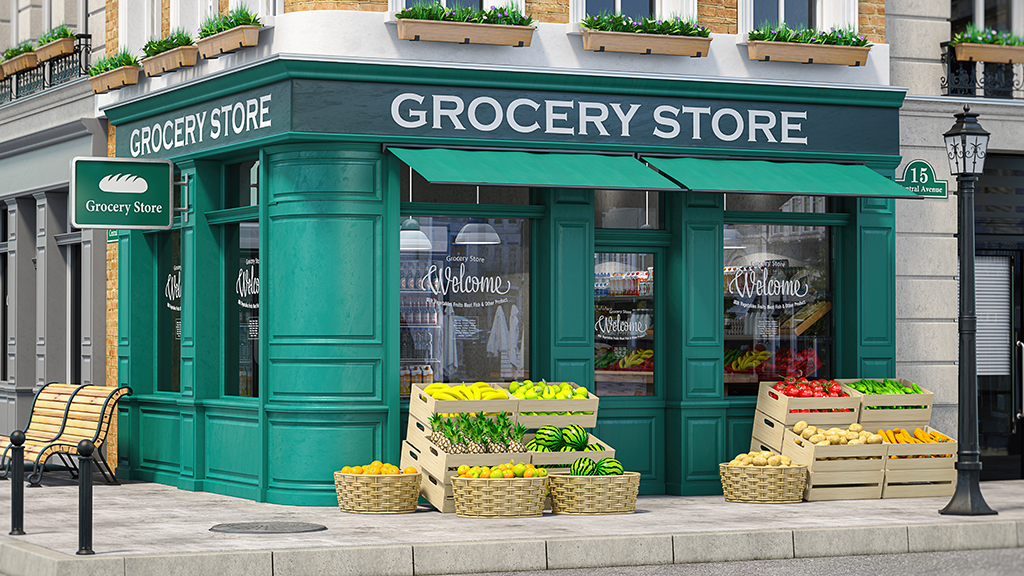
Living near a grocery store may not only be convenient, but may have an impact on a house’s value.
Aldi, Trader Joe’s and Whole Foods may be three of the most popular grocery stores, but depending on which one is closet to a property may influence value and return on investment. ATTOM recently studied five years of homeowner data (2017 to 2022) and determined that living near an Aldi offered the highest five-year home appreciation, at 58%. Homes near a Trader Joe’s had a 49% five-year home appreciation, while homes near a Whole Foods had a 45% five-year home appreciation. Homes close to an Aldi also had the highest return on investment for sellers at 61%, followed by 58% for homes close to a Trader Joe’s and 51% for homes near a Whole Foods.
For investors, Aldi was also the winner. Flipped homes near an Aldi had a 54% average gross flipping return on investment. Meanwhile, homes near a Whole Foods had a 28% average gross flipping return on investment and homes near a Trader Joe’s had a 25% average gross flipping return on investment.
However, homes near a Trader Joe’s had the highest average home value at $987,923. Homes near a Whole Foods had an average home value of $891,416 and homes near an Aldi had a average home value of $321,116.
“It turns out that being located near grocery stores isn’t only a matter of convenience for homeowners but can have a significant impact on equity and home values as well. And that impact can vary pretty widely depending on which grocery store is in the neighborhood,” said Rick Sharga, executive vice president of market intelligence at ATTOM.
Topics
Member Discussion
Recent Articles
-
7 Tips to Protect Your Home From Snow
- December 26, 2024
- 3 min. read
Whether Pennsylvania sees a snowy winter or a mild one, here are seven tips for protecting your home from snow according to property and construction expert Natalie Mitchell.
-
Pennsylvania: Home to Hallmark-Worthy Holiday Towns
- December 25, 2024
- 3 min. read
What do Hallmark Christmas movies and Pennsylvania have in common? The answer is cozy, picturesque towns that offer plenty of fun festivities, seasonal décor and holiday cheer.
-
How Americans Deck the Halls
- December 24, 2024
- 2 min. read
Come the holiday season, Americans love to deck the halls to embrace the spirit. In fact, according to a Lawnstarter survey, 1 in 5 say it’s never too early to start!
Daily Emails
You’ll be the first to know about real estate trends and various legal happenings. Stay up-to-date by subscribing to JustListed.



